Report Calls for 5G Mobile First, with FTTP Broadband Only as Required
A new report from Communications Chambers, which was funded by Deutsche Telekom, has suggested that tackling broadband needs by focusing on pure ultrafast fibre optic (FTTP/H) connectivity is “backward looking” and it might be better to foster a fibre fed 5G wireless future.
At this point it’s worth remembering that any debate about the future merits of 5G based Mobile Broadband and or Fixed Wireless Access (FWA) technology should be tempered by the fact that this technology is still very much in the R&D phase, with no solid standards or allocations in radio spectrum. In other words we’re talking about something that doesn’t practically exist.. yet.
Certainly on paper the promises of peak speeds reaching 20Gbps (Gigabits per second) on high frequency radio spectrum in the 6-100GHz bands via millimeter wave (mmWave) technology sounds very attractive, but we have to take all of that with a pinch of salt until it works in the real-world (expect it in 2020 onwards).
Even 4G originally touted speeds of 1Gbps, but most operators are still a long way off achieving that and rural performance is usually far worse than urban areas due, in part, to the use of lower frequency spectrum (i.e. covers a wider area for less cost). On top of that Mobile Broadband allowances (data caps) can be both expensive and restrictive, particularly if you use Tethering on your laptop.
However the report ‘Mobile first, fibre as required – The case for “Fibre to 5G” (FT5G)‘, which is authored by Brian Williamson, argues that 5G could be a game changer and one that could fuel a “pivot to mobile.”
Brian Williamson, Report Author, said:
“It is also unlikely that we have the time and money to build both a dense 5G network and widely deploy FTTP by 2025 (at current investment rates doing both would take around 25 years to deliver). It is therefore prudent to focus investment on the most likely bandwidth bottlenecks and other priorities including delivering ubiquity.
…
More fibre will be required, but not necessarily to the premise, and certainly not to the device. Fibre, often with fixed-wireless or copperfibre hybrids as intermediate links, will connect to wireless access points where demand is aggregated.
We refer to this as fibre to 5G or “FT5G”, where 5G encompasses advanced mobile and Wi-Fi utilising millimetre and other spectrum bands, and tailored connectivity matching different consumer and business requirements.”
The former boss of Mobile operator O2 UK, Ronan Dunne, similarly suggested that over the longer term we should “forget this stupid debate about rolling out fibre cables” and adopt the notion of a “digitally-led mobile first” (here).
Certainly the idea does have some merit and modern 4G networks have already helped a few people to give up their fixed lines entirely, although related services often remain hobbled by strict usage allowances, variable performance, CGNAT, high prices and various other things; hence why fixed line broadband services haven’t really had to worry about the threat from Mobile.
Solving the above is something that would take a major effort, better infrastructure (particularly in hard to reach rural areas), better capacity supplies and a much more cohesive central vision. However this is a competitive market and 5G Mobile would first need to deliver a product that can beat fixed lines at their own game, with consumers then moving over as part of a natural progression. 5G may well bring us closer to a more Mobile centric future, but it’s too early to say for sure.
On the other hand demand is always rising and there’s no guarantee that 5G will be the bees knees forever (it will almost certainly be superseded again), while upgrading fibre optic lines to add a few extra Gigabits or even Terabits may in the longer term prove to be a more future proof investment.
The report opens up an interesting debate and we dare say that 5G will bring many benefits and add some much needed competition for slower fixed line solutions, but it’s probably not going to unseat the gradual move towards pure fibre optic lines.
However it’s difficult to really discuss such things before 5G becomes a real product, one that can be purchased and used. 5G has to prove itself first before we can examine its future place in the market.
Mark is a professional technology writer, IT consultant and computer engineer from Dorset (England), he also founded ISPreview in 1999 and enjoys analysing the latest telecoms and broadband developments. Find me on X (Twitter), Mastodon, Facebook and Linkedin.
« Copper Falls as Ultrafast Fibre Boosts Global Broadband Users to 823Million
Latest UK ISP News
- FTTP (5530)
- BT (3518)
- Politics (2542)
- Openreach (2298)
- Business (2266)
- Building Digital UK (2247)
- FTTC (2045)
- Mobile Broadband (1977)
- Statistics (1790)
- 4G (1668)
- Virgin Media (1621)
- Ofcom Regulation (1465)
- Fibre Optic (1396)
- Wireless Internet (1391)
- FTTH (1382)

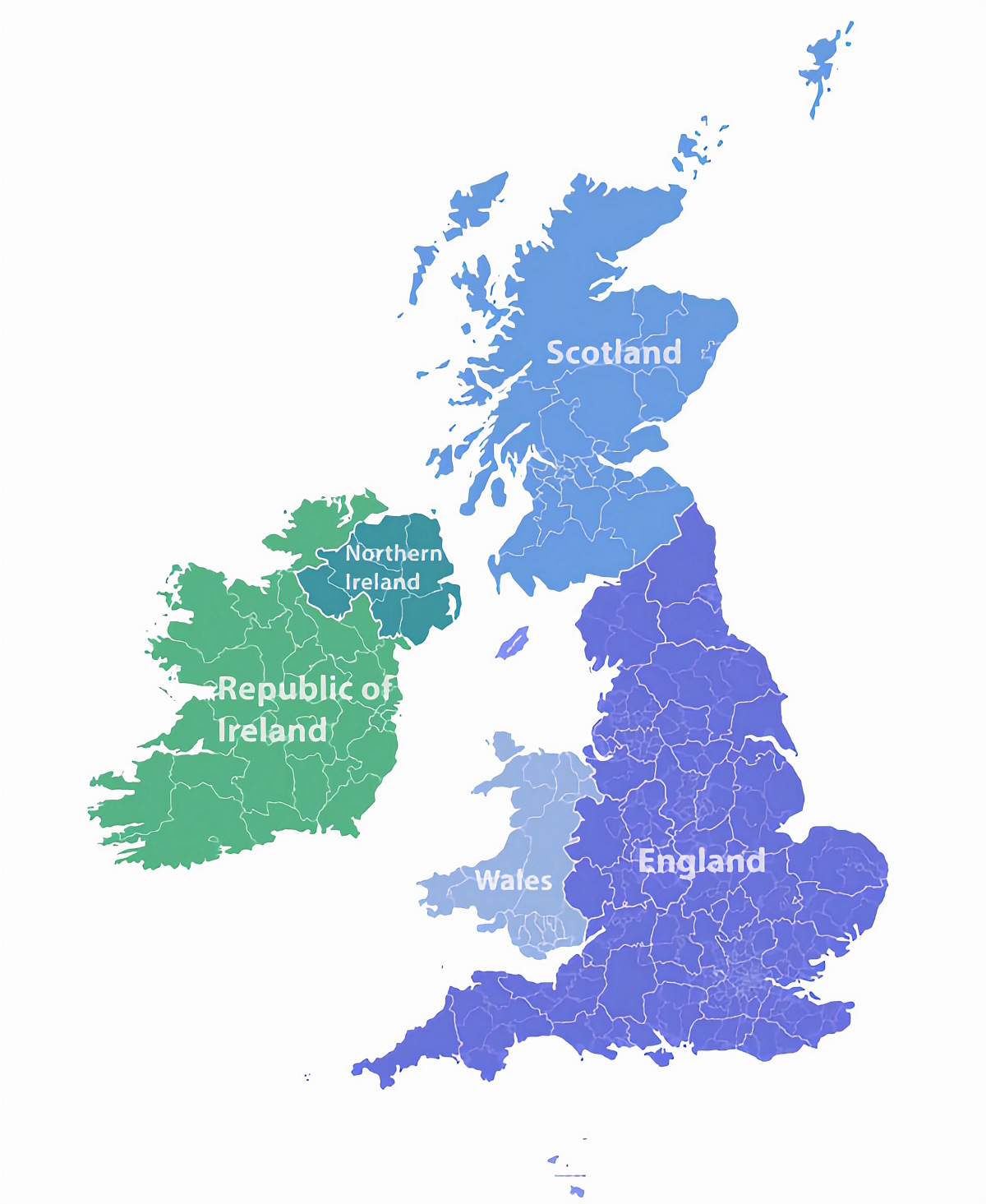
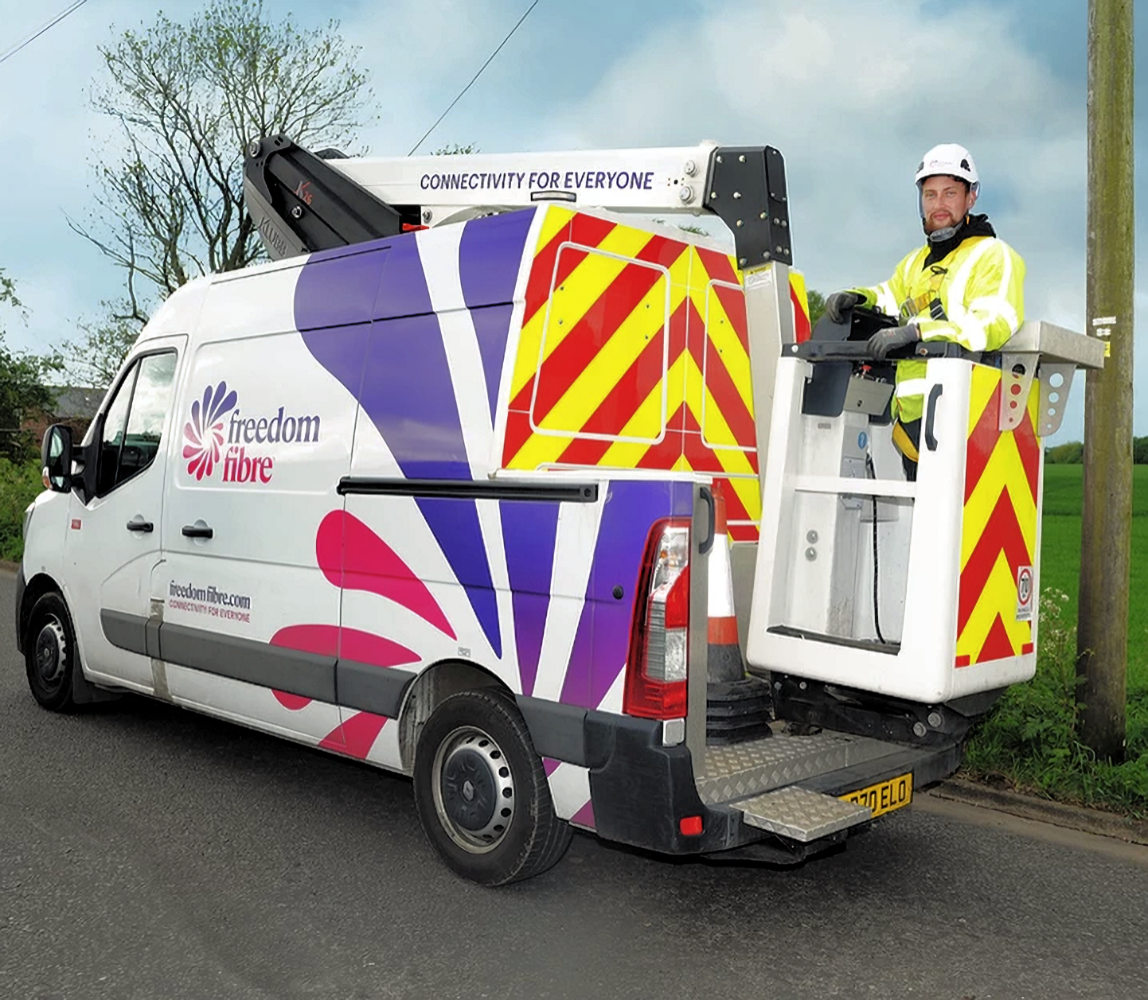

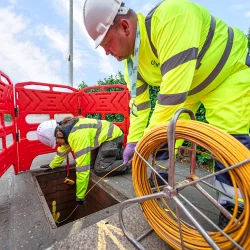
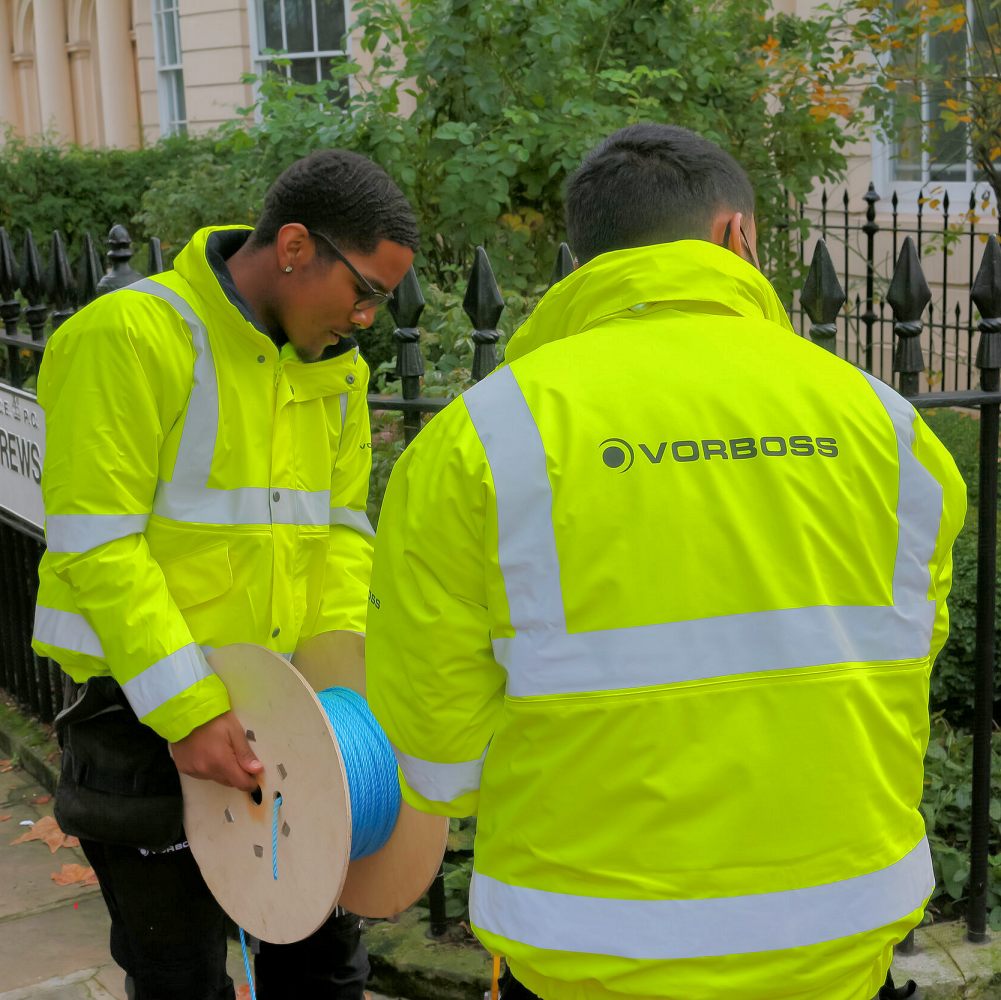


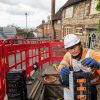
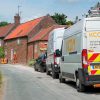




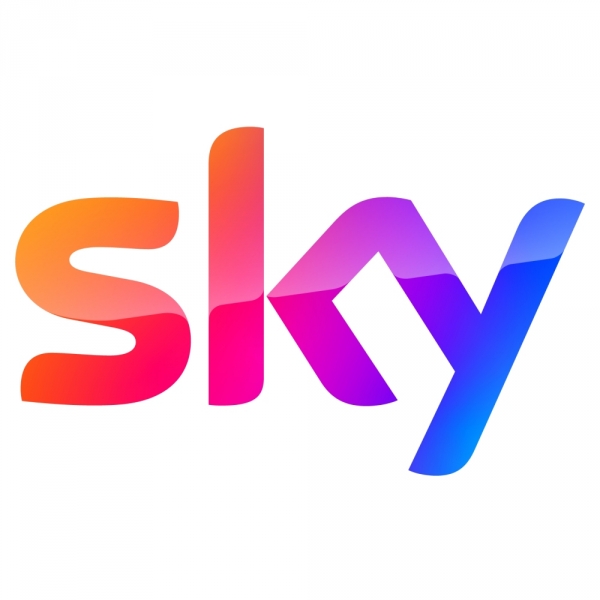


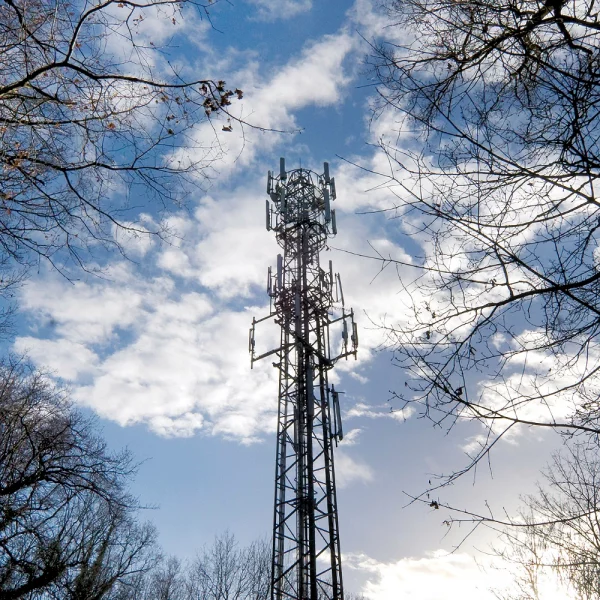
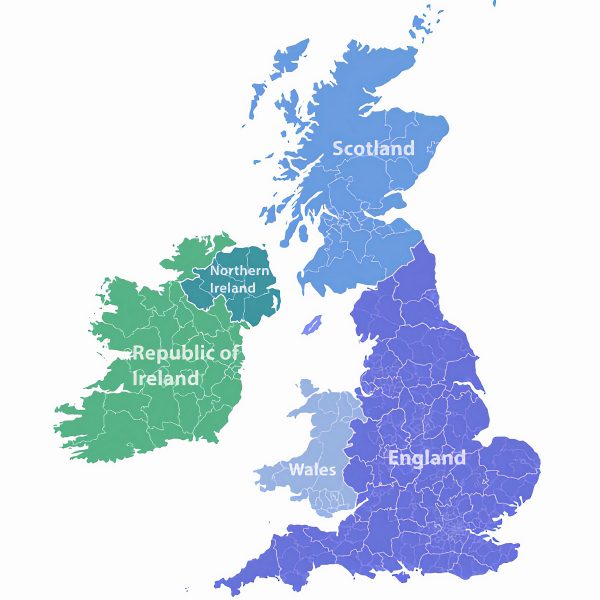
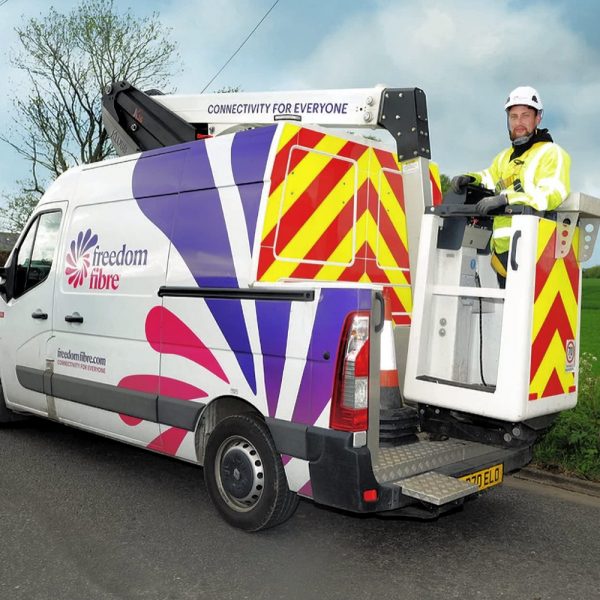




































Comments are closed